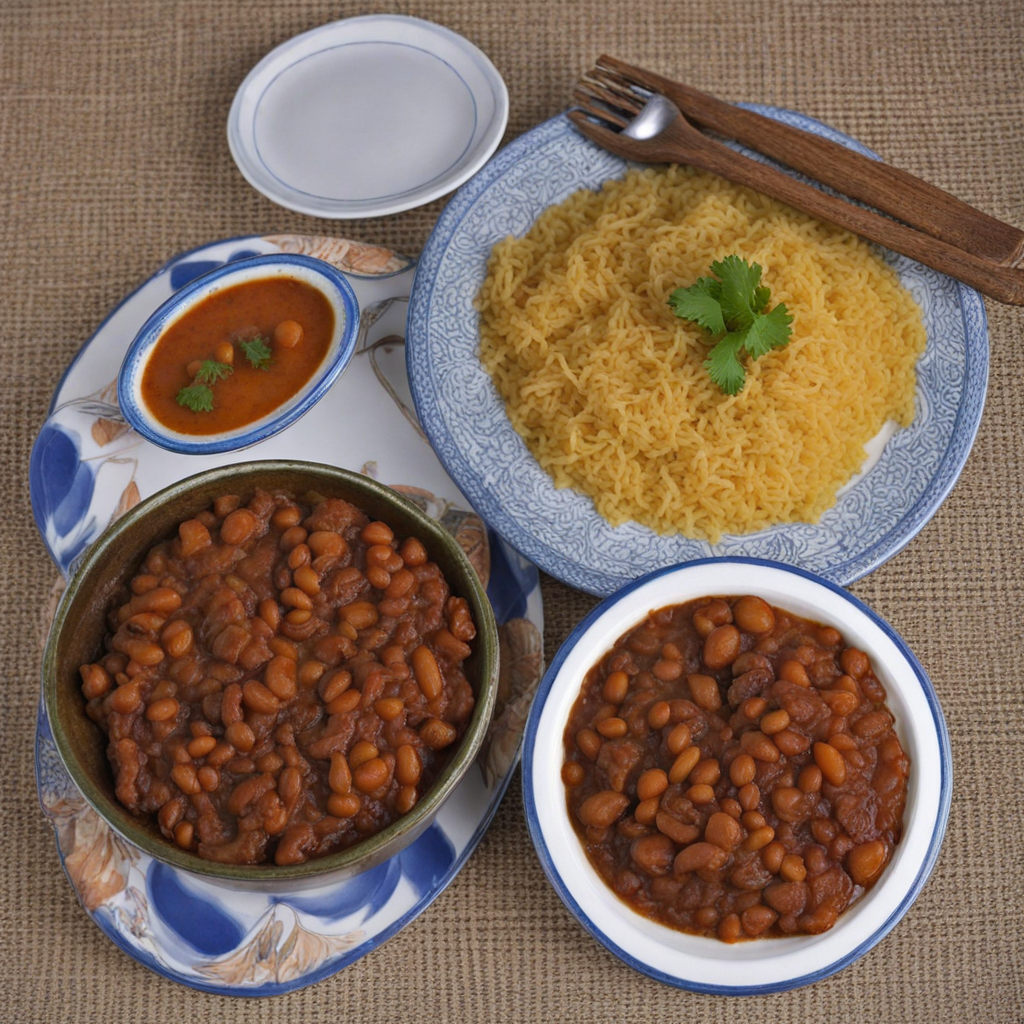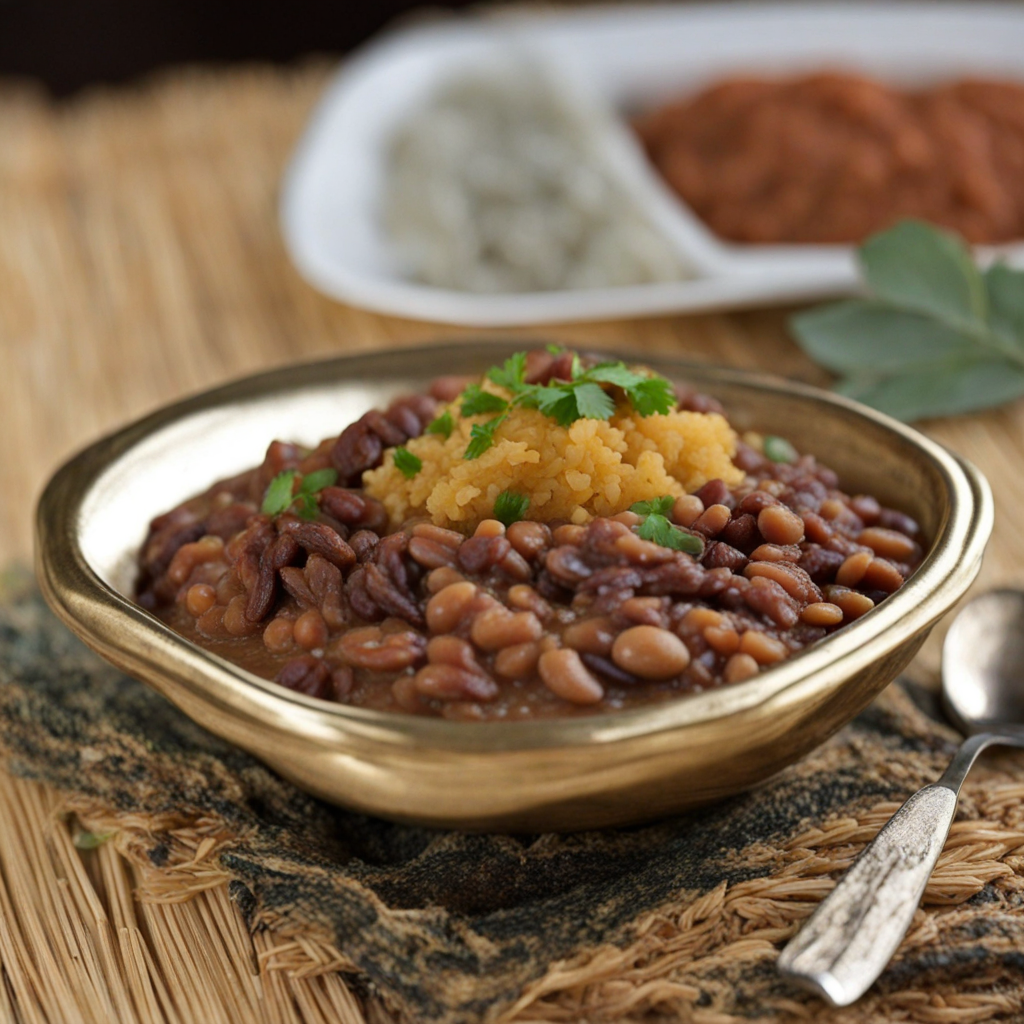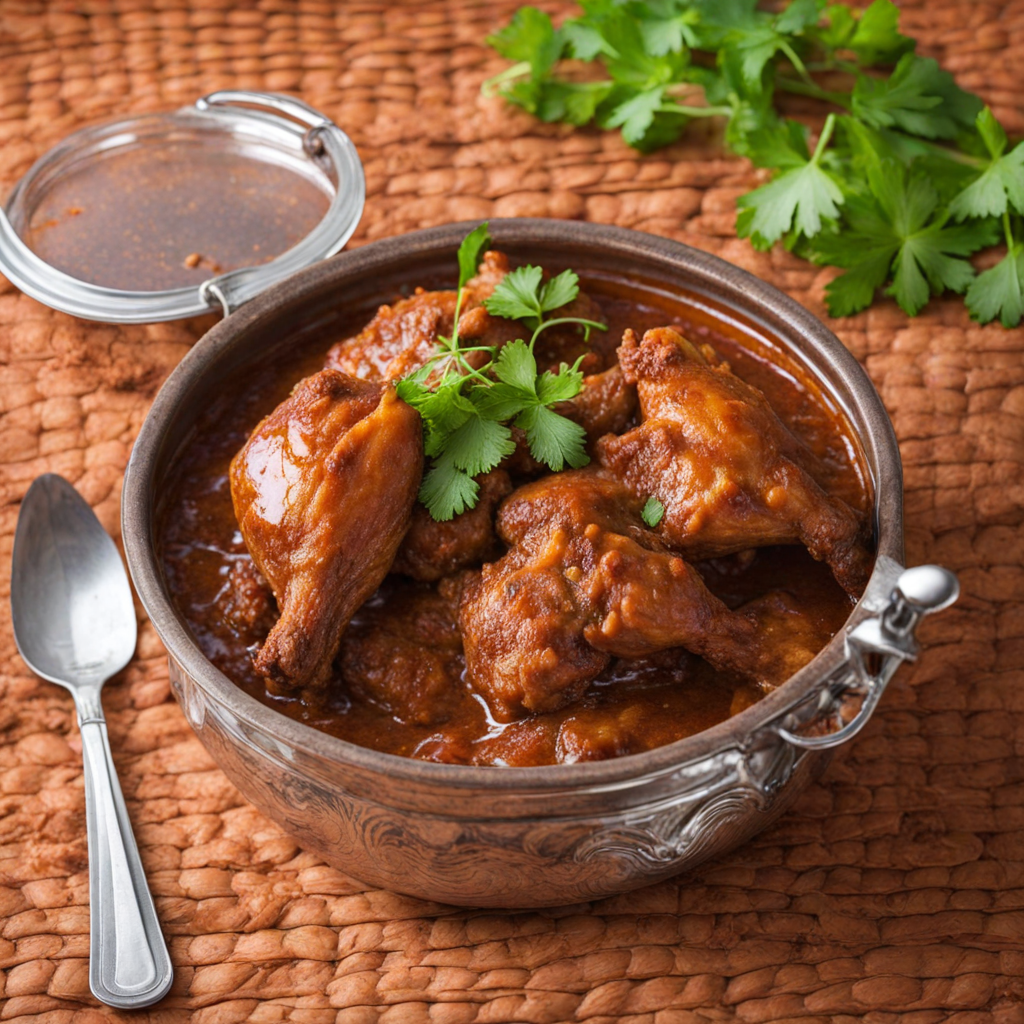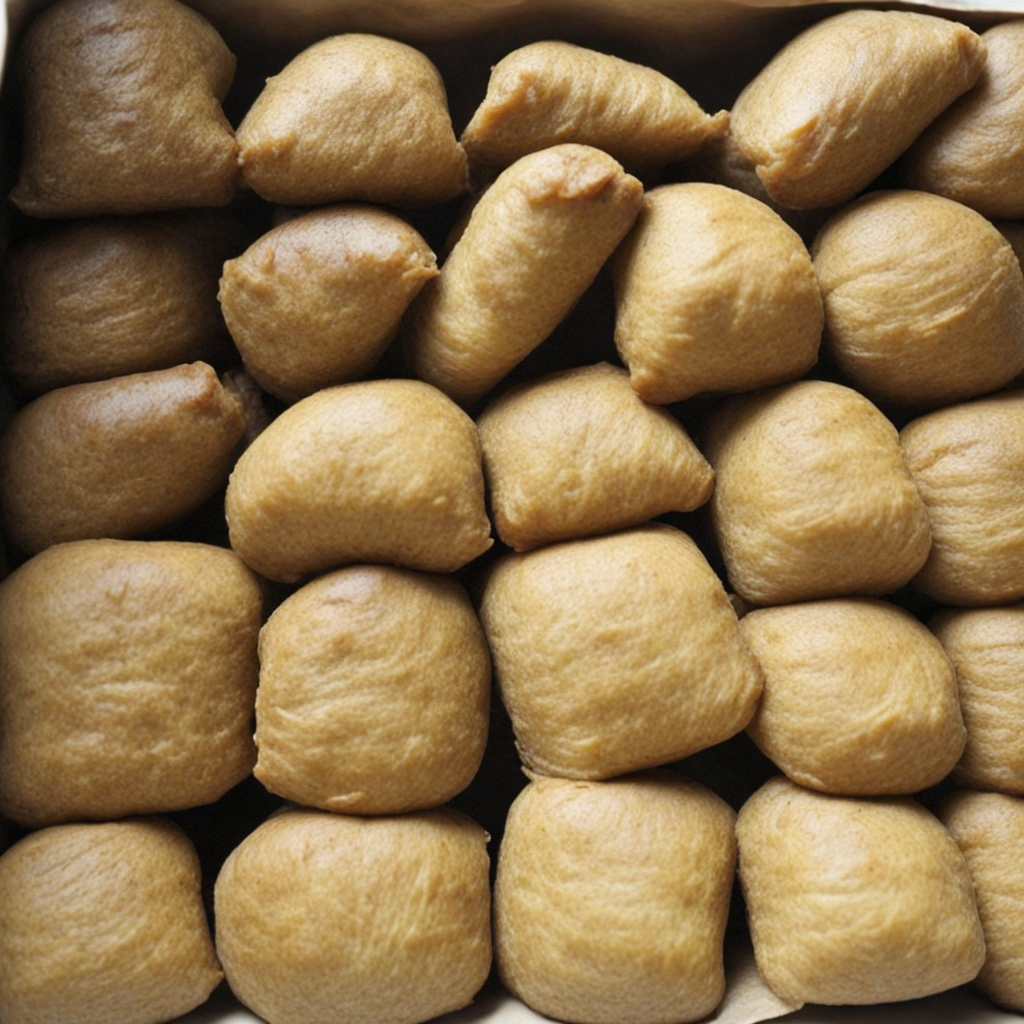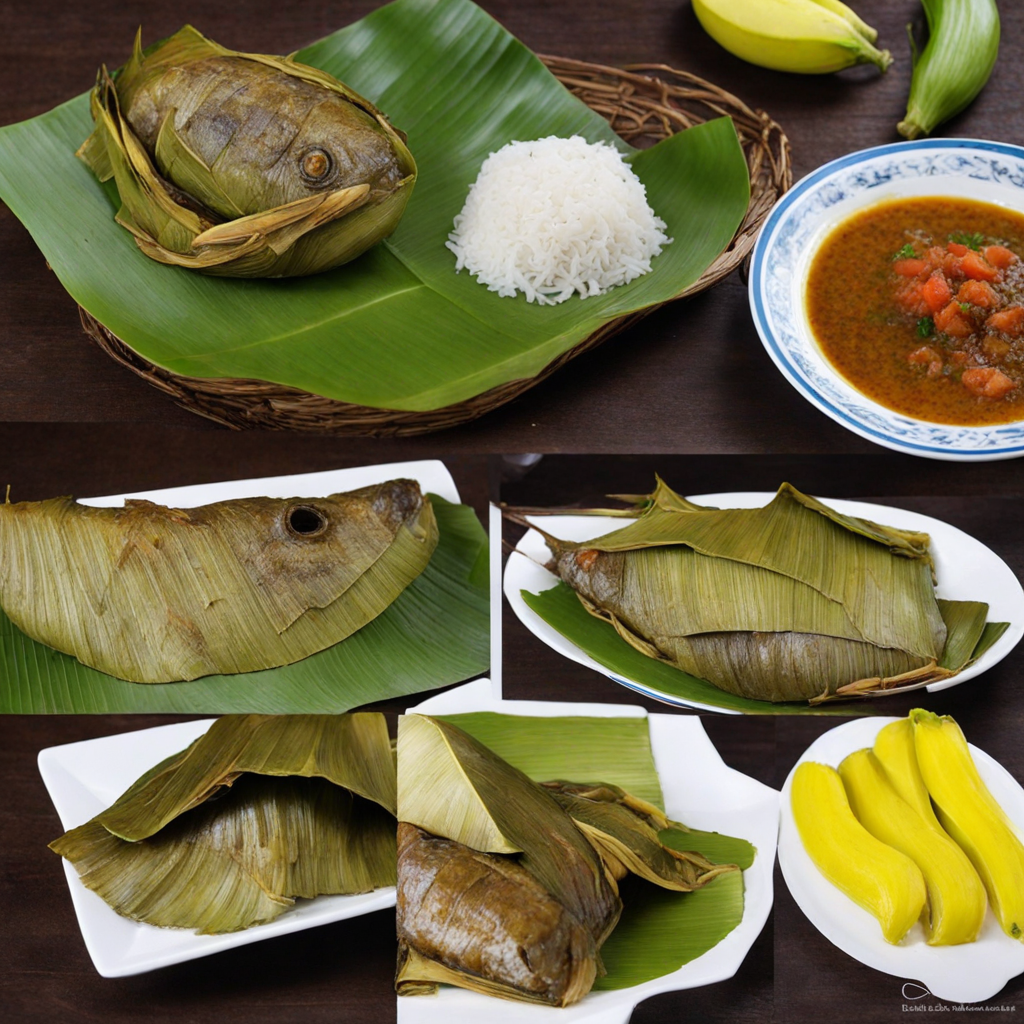Loso na madesu
Loso na madesu is a vibrant and flavorful dish from the Democratic Republic of the Congo, celebrated for its rich combination of ingredients and textures. At its core, the dish features tender pieces of fish, often catfish or tilapia, marinated in a blend of spices and local herbs that infuse it with a distinctive taste. The fish is typically grilled or fried to perfection, creating a crispy exterior that contrasts beautifully with the moist and flaky meat inside. This preparation highlights the culinary techniques passed down through generations, showcasing the importance of fresh produce and local fishing practices in Congolese cuisine. Accompanying the fish is a savory sauce made from a mix of tomatoes, onions, and green peppers, often enhanced with a hint of chili for a touch of heat. This sauce not only complements the fish but also adds a layer of depth to the overall dish. The vibrant colors of the sauce, combined with the golden-brown fish, make Loso na madesu an appealing feast for the eyes as well as the palate. Traditionally, the dish is served with a side of starchy staples, such as plantains or cassava, which help to balance the flavors and provide a satisfying meal. Loso na madesu is more than just a dish; it's a cultural experience that reflects the rich agricultural and fishing heritage of the Democratic Republic of the Congo. Sharing this meal with family and friends is a common practice, symbolizing togetherness and community. As you savor each bite, you'll appreciate the harmonious blend of flavors and the warmth of Congolese hospitality, making this dish a perfect introduction to the diverse culinary landscape of the region.
How It Became This Dish
Loso na Madesu: A Culinary Journey from the Heart of the Congo #### Origins Loso na madesu, a traditional dish from the Democratic Republic of the Congo (DRC), embodies the rich tapestry of Congolese culture and history. This dish, whose name translates to "fish with cassava leaves," is a culinary staple that reflects the country's abundant natural resources and the deep-rooted culinary traditions of its various ethnic groups. The origin of loso na madesu can be traced back to the fertile banks of the Congo River, where fishing and agriculture have been integral to the sustenance of local communities for centuries. The DRC is blessed with a diverse ecosystem, providing an array of fish species and lush vegetation, including cassava, a root vegetable that has been cultivated in the region for thousands of years. Cassava, known for its adaptability to poor soils and resilience to drought, became a dietary staple for many Congolese people, and its leaves are rich in nutrients, further enhancing the nutritional value of loso na madesu. #### Cultural Significance In Congolese culture, food is more than just sustenance; it is a means of social connection and a reflection of identity. Loso na madesu is often prepared for communal gatherings, family celebrations, and significant life events, such as weddings and religious ceremonies. The act of cooking and sharing this dish strengthens bonds among family members and friends, fostering a sense of community and belonging. The dish is particularly significant among the Luba and Mongo ethnic groups, where the preparation of loso na madesu is often accompanied by traditional music and dance, highlighting the integral role of food in Congolese cultural expression. The sharing of meals, especially those rich in local ingredients, serves to honor ancestral traditions, connect generations, and celebrate local customs. Moreover, loso na madesu reflects the Congolese ethos of sustainability and respect for nature. Utilizing local fish and cassava leaves, the dish embodies the principles of food sovereignty, emphasizing the importance of local food systems and the preservation of indigenous agricultural practices. This connection to the land and local resources fosters a deep respect for the environment, a value that is increasingly relevant in today's discussions around food security and sustainability. #### Development Over Time The history of loso na madesu is intertwined with the broader socio-political landscape of the DRC. Throughout the nation's history, it has faced challenges, including colonialism, conflict, and economic struggles, which have influenced dietary practices and food availability. During the colonial era, the introduction of new agricultural techniques and crops modified traditional cooking practices, but the core ingredients of loso na madesu remained rooted in local customs. Post-independence, the DRC has experienced significant political turmoil, which has impacted food security and agricultural practices. Despite these challenges, loso na madesu has remained a symbol of resilience and cultural pride. Many Congolese families continue to prepare the dish using traditional methods, often passed down through generations, even as modern influences seep into their culinary practices. In recent years, as globalization has increased the availability of diverse ingredients and culinary techniques, loso na madesu has evolved while still retaining its essential characteristics. Urbanization has brought about changes in cooking styles, with some families adapting the dish to include new ingredients or cooking methods. For instance, the use of canned fish has become more common in urban areas, making the dish quicker to prepare while still honoring its traditional roots. The rise of social media and food blogging has also played a role in popularizing loso na madesu beyond the borders of the DRC. As Congolese expatriates share their culinary heritage online, the dish has garnered attention from food enthusiasts around the world. This newfound interest has led to a resurgence in the appreciation of traditional Congolese cuisine, with loso na madesu often highlighted as a must-try dish. #### Preparation and Ingredients The preparation of loso na madesu is a labor of love, often involving a communal effort. The primary ingredients include freshwater fish, typically tilapia or catfish, and cassava leaves. The fish is usually marinated in a mixture of spices and seasonings, which can vary by region and personal preference. Common spices include onions, garlic, and chili peppers, contributing to the dish's robust flavor profile. The cassava leaves are harvested, washed, and cooked until tender. In some recipes, they are pounded to enhance their texture and flavor. The marinated fish is then layered with the cooked cassava leaves and simmered in a sauce made from palm oil, tomatoes, and additional spices. The result is a fragrant, hearty dish that captures the essence of Congolese culinary traditions. Loso na madesu is typically served with a side of starch, such as fufu (a starchy paste made from cassava or maize) or rice, allowing diners to savor the rich flavors of the fish and greens. The dish is often accompanied by a spicy sauce or condiment known as "sauce de piment," which adds an extra kick and enhances the overall dining experience. #### Conclusion Loso na madesu is more than just a dish; it is a celebration of Congolese culture, history, and resilience. Its origins reflect the land's bounty, while its preparation and consumption embody the communal spirit of Congolese society. As the DRC continues to navigate its challenges, loso na madesu stands as a testament to the enduring power of food to connect people, honor traditions, and foster a sense of identity. In a world increasingly influenced by globalization, loso na madesu serves as a reminder of the importance of preserving local culinary heritage. As more people discover this dish, it opens the door to greater appreciation for the rich flavors and cultural significance of Congolese cuisine—an invitation to explore the heart of the DRC through a delicious and meaningful culinary experience.
You may like
Discover local flavors from Democratic Republic Of The Congo


